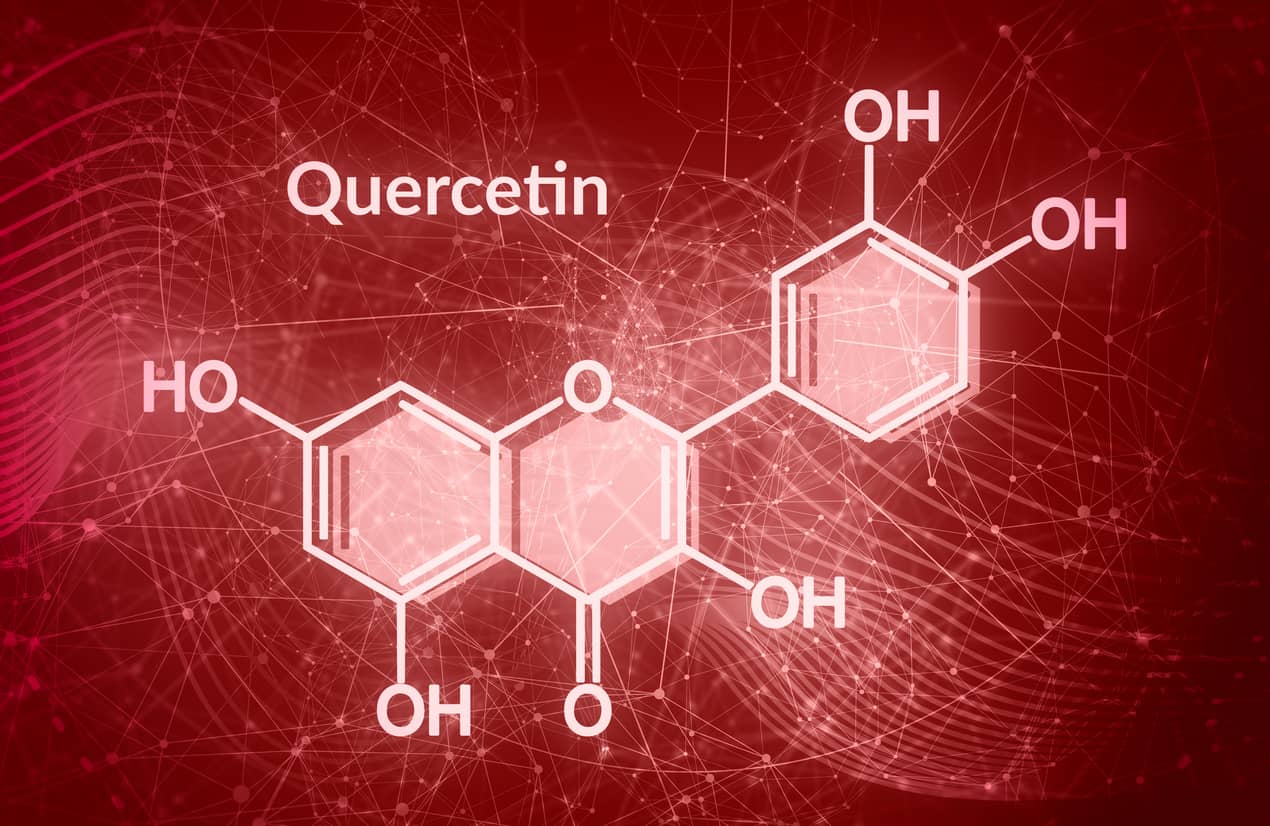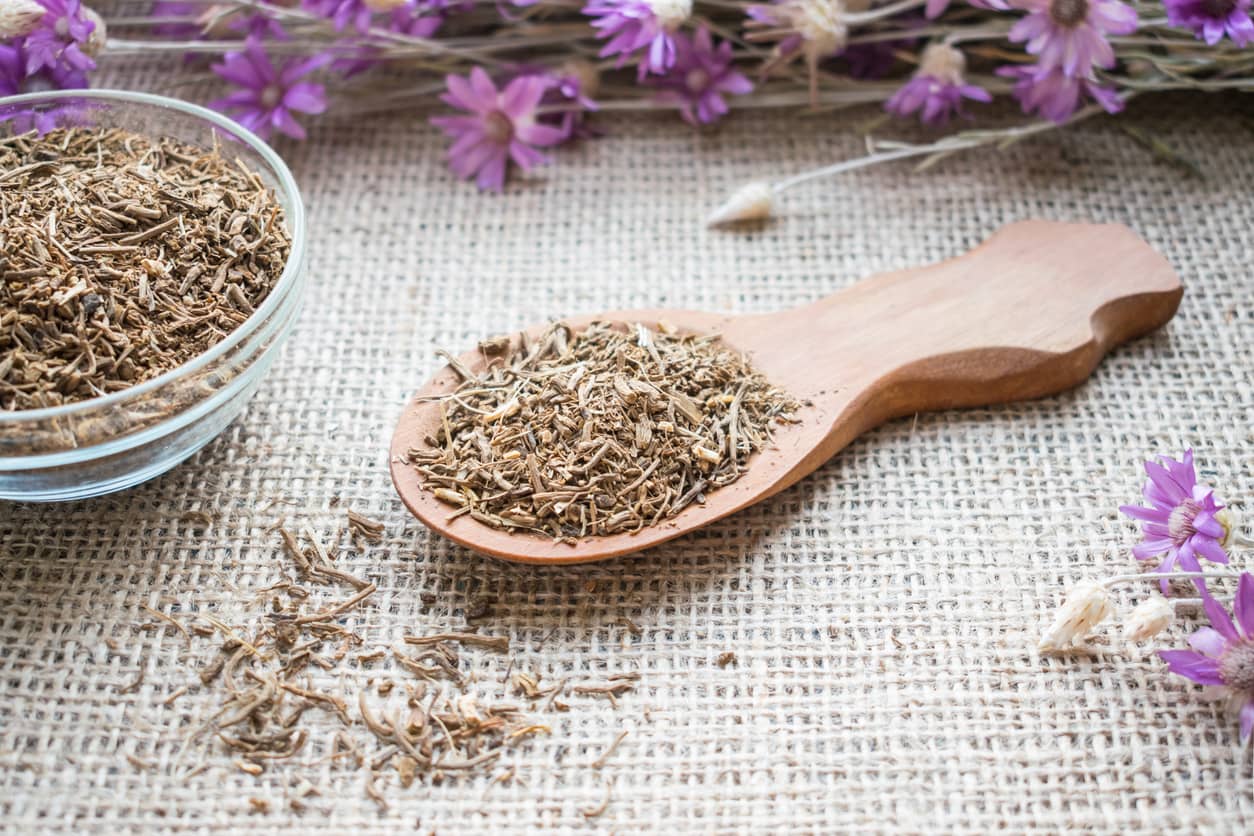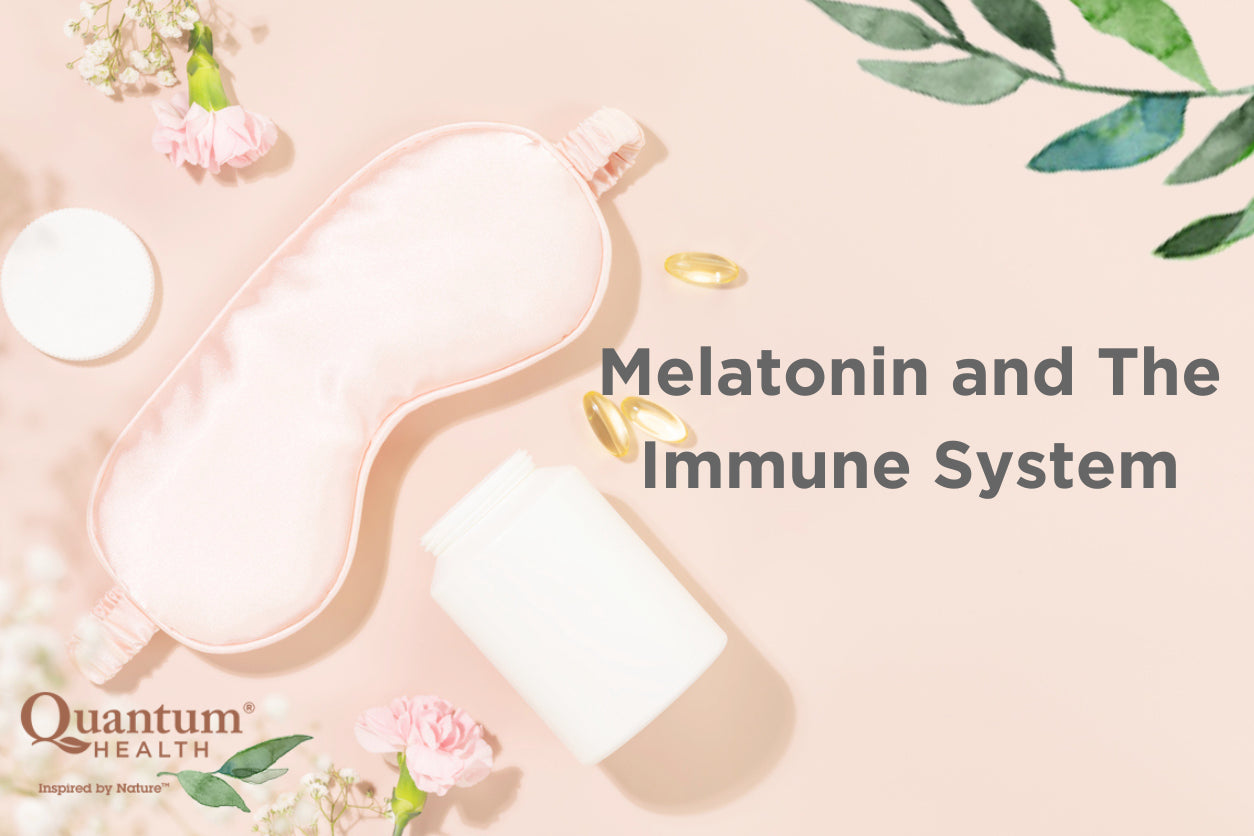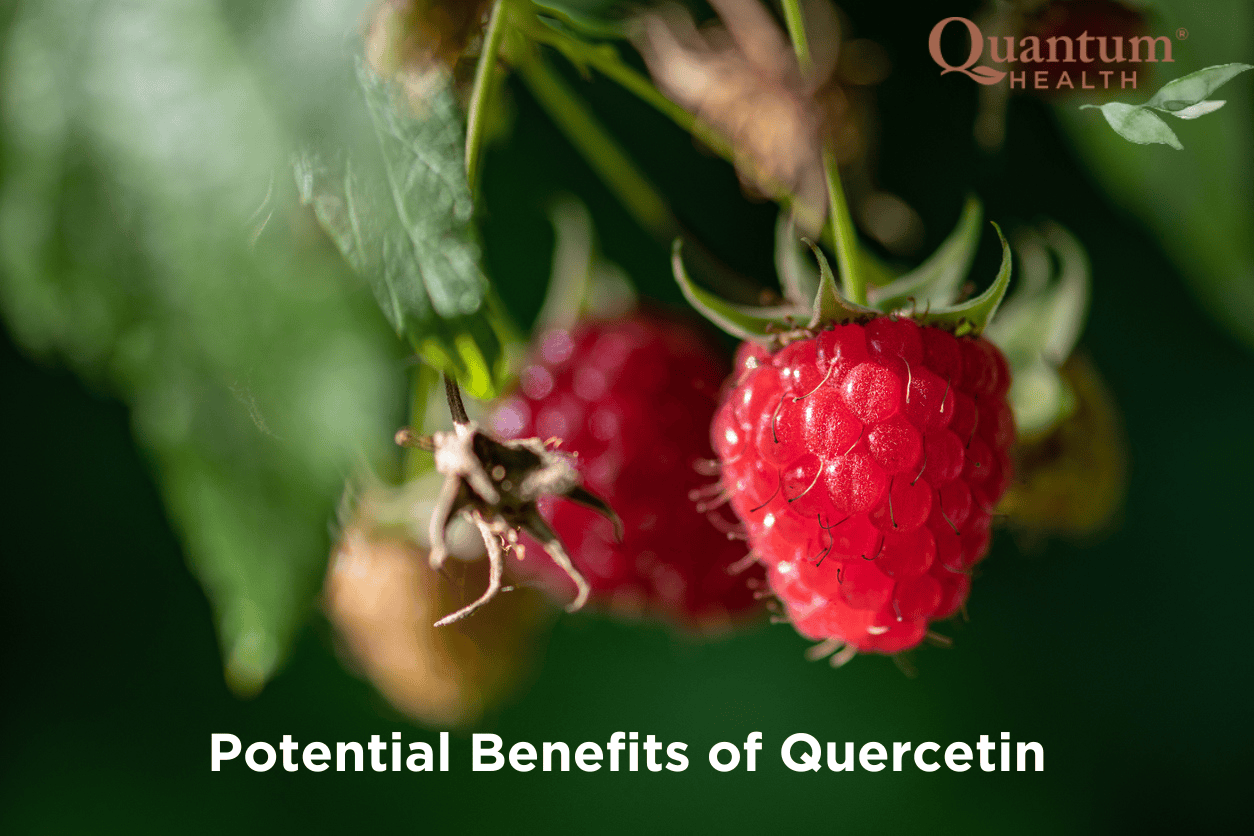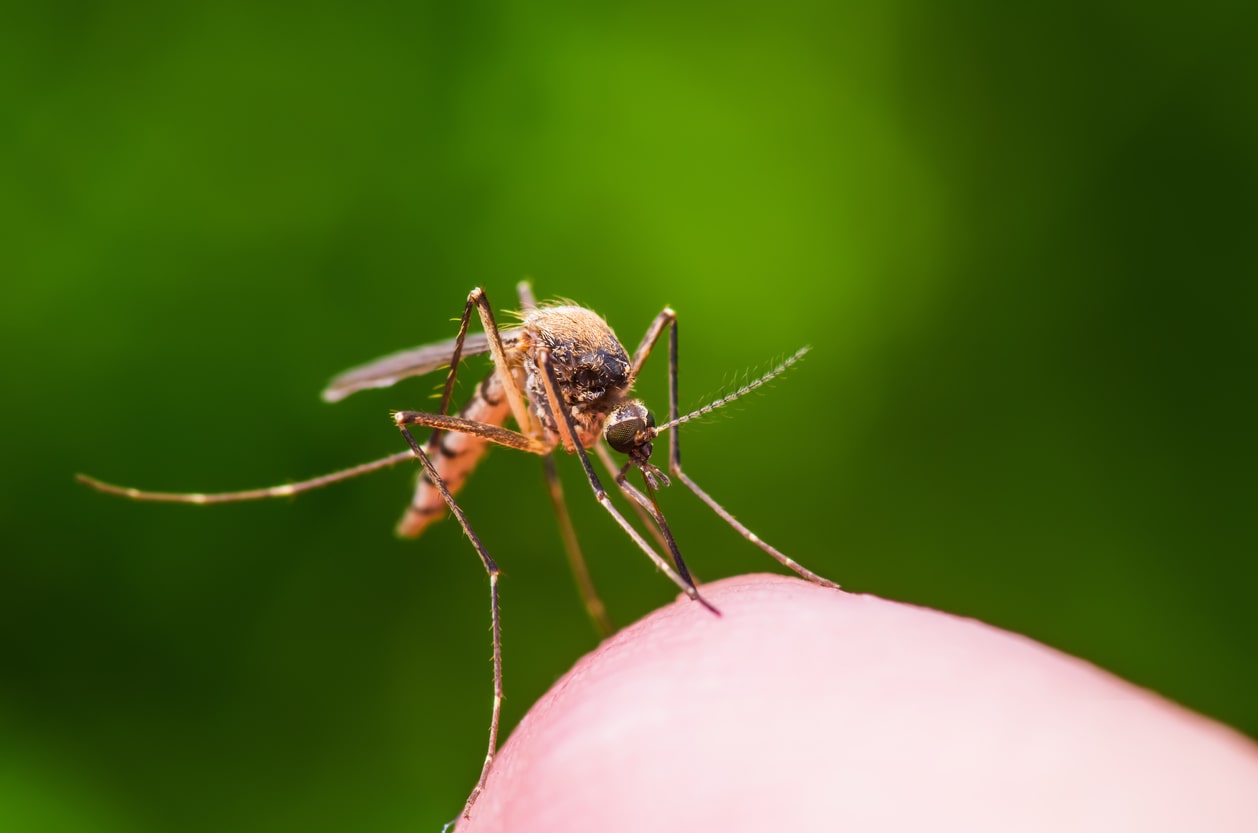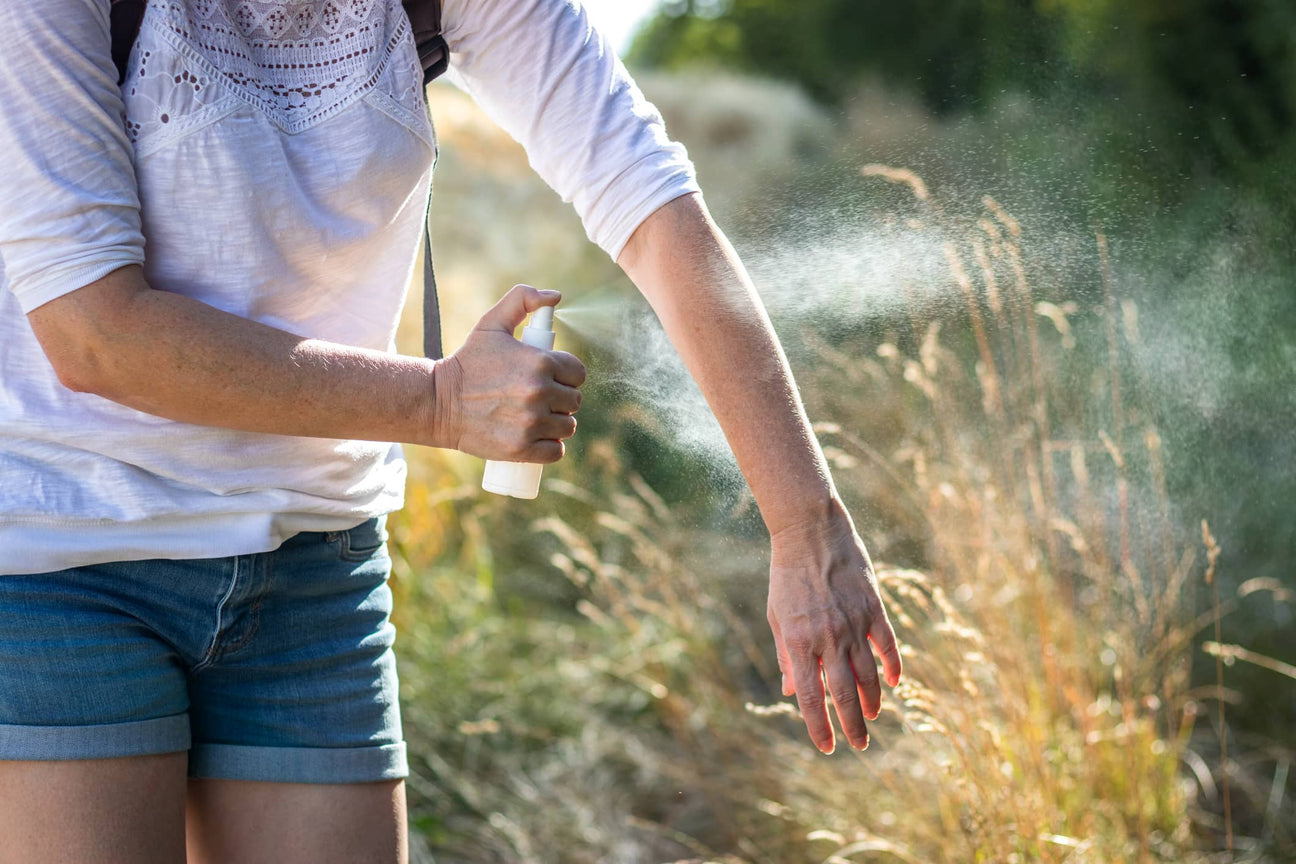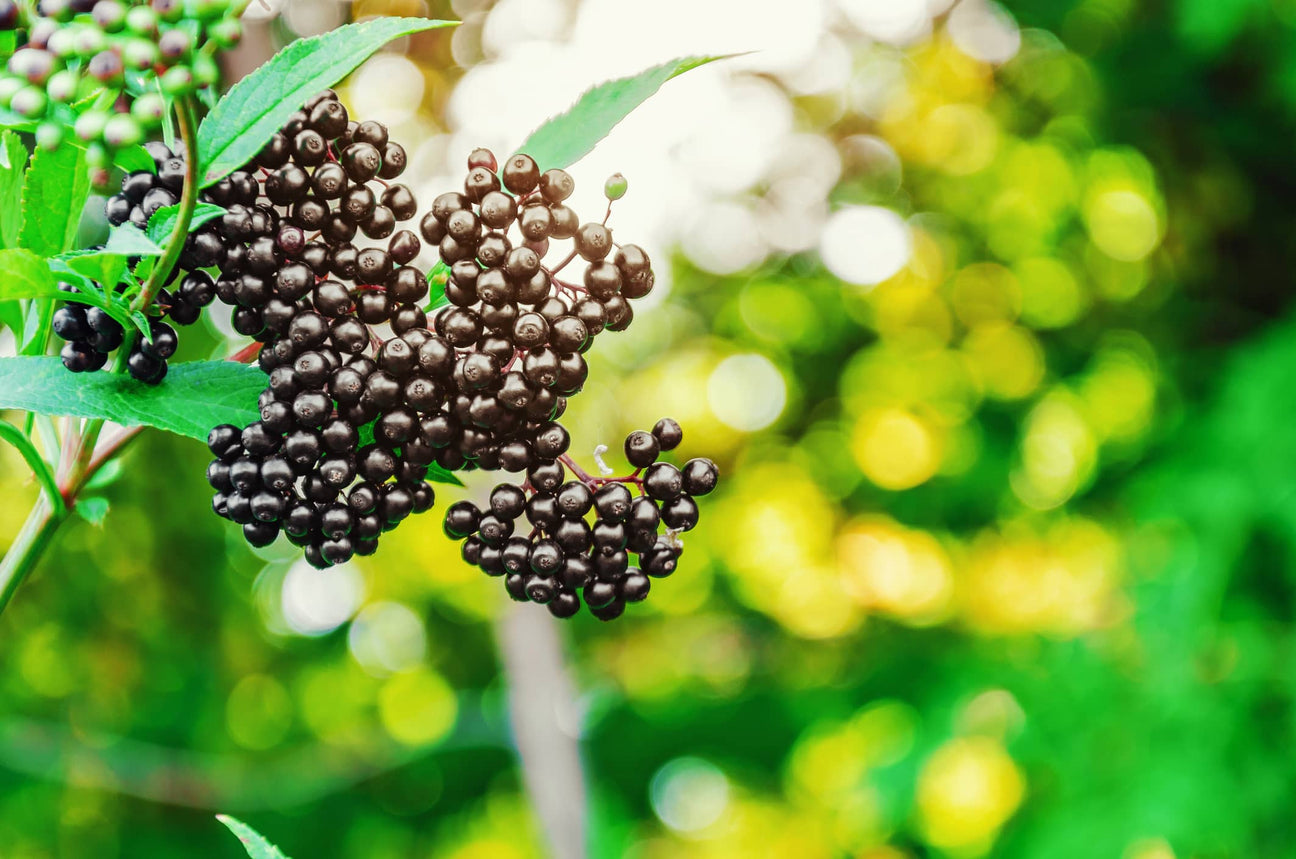Poisonous Plants - Don't touch 'em
Bugs aren't the only pests in the great outdoors. Poison Oak, Poison Ivy and Poison Sumac can cause itchy skin rashes, just like bugs can. The best way to avoid these rashes is to steer clear of the poisonous plants. Learn to identify them - and then don't touch them.
Poison Oak:
This shrub has poisonous leaves that can be green, yellow, or red - depending on the season. The leaves are clustered in bunches of three: "Leaves of three - let it be," is the pneumatic rhyme warning us away.
Poison Ivy:
This vine also has a cluster of three leaves. They are reddish when they emerge in the spring, turn green during the summer, and become various shades of yellow, orange or red in the autumn.
Poison sumac:
Leaves can be purple, red, or green in this plant native to the Eastern United Sates.
All three of these poisonous plants induce allergic reactions (urushiol-induced contact dermatitis). Some people are immune, but for most of us they can cause a very irritating rash. If the plants are burned, smoked or eaten, the rash can affect the lungs and stomach, and can be life-threatening.
Treatments include OTC anti-itch products and prescribed cortico-steroids. Plant-based treatments are also available, and generally include topical analgesics - like menthol, camphor, witch hazel, nettles and clove - and soothing and healing herbs - aloe vera, calendula and B Vitamins. The best defense, however, remains the simplest. Don't touch!
For relief, try Sting Soothe and Itch Nix
Share
Your share can inspire countless others.






















